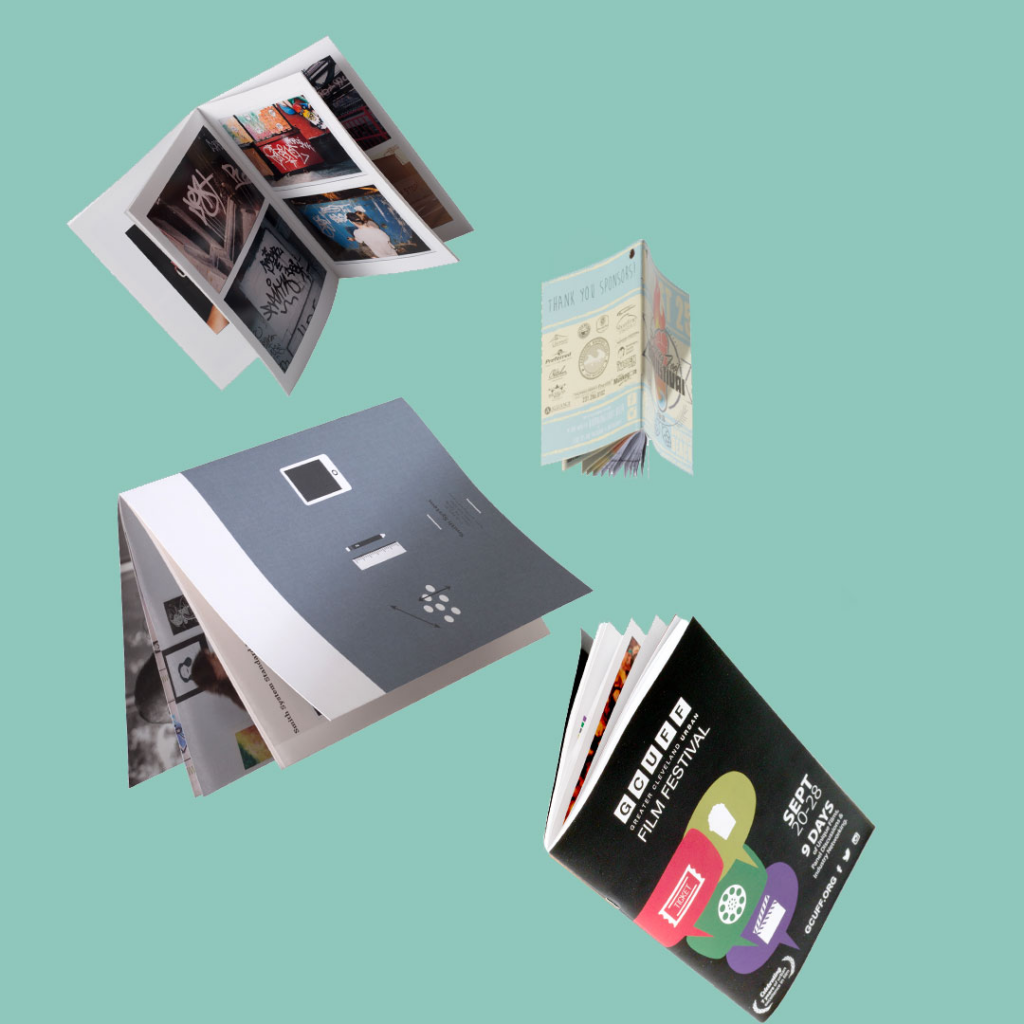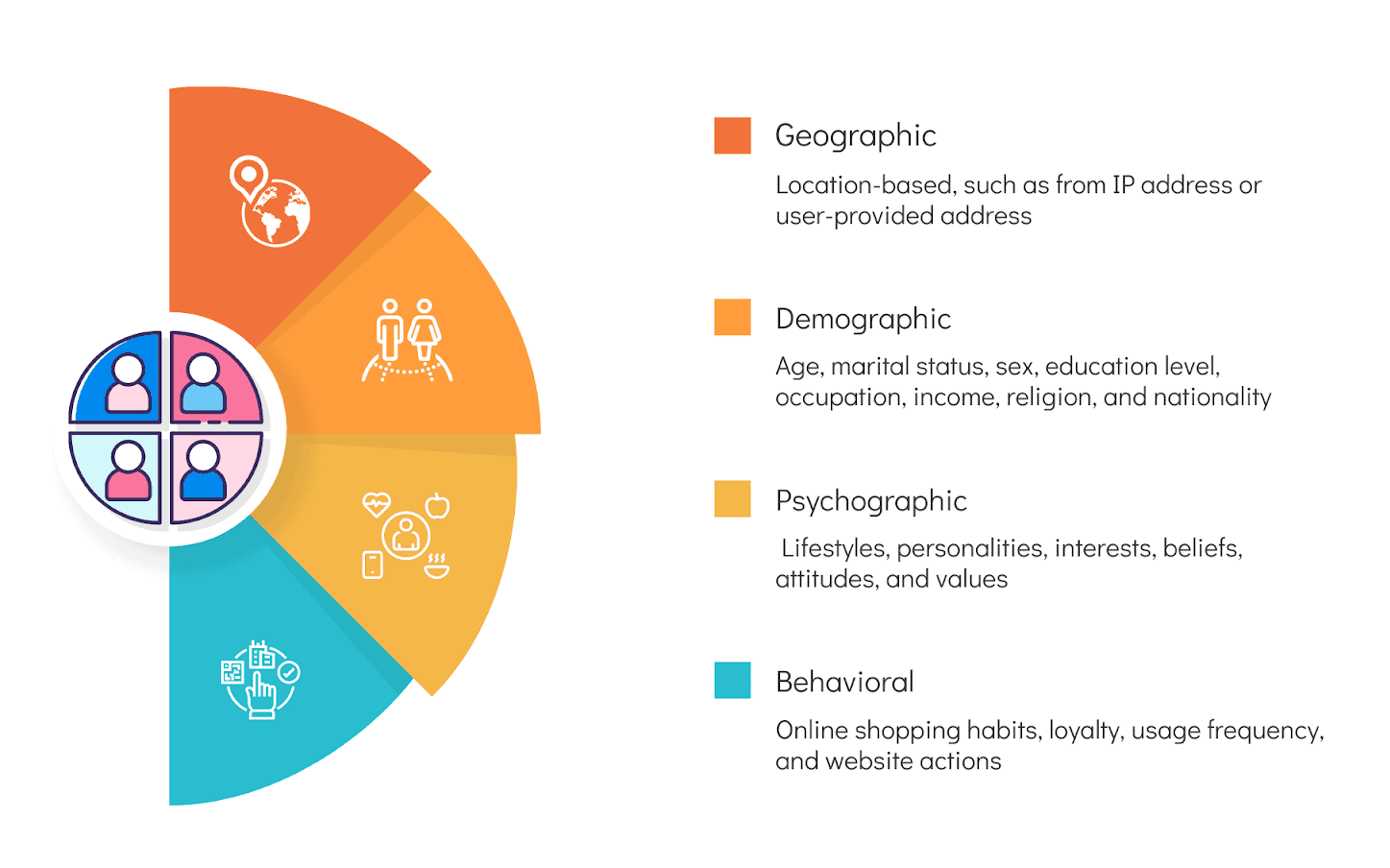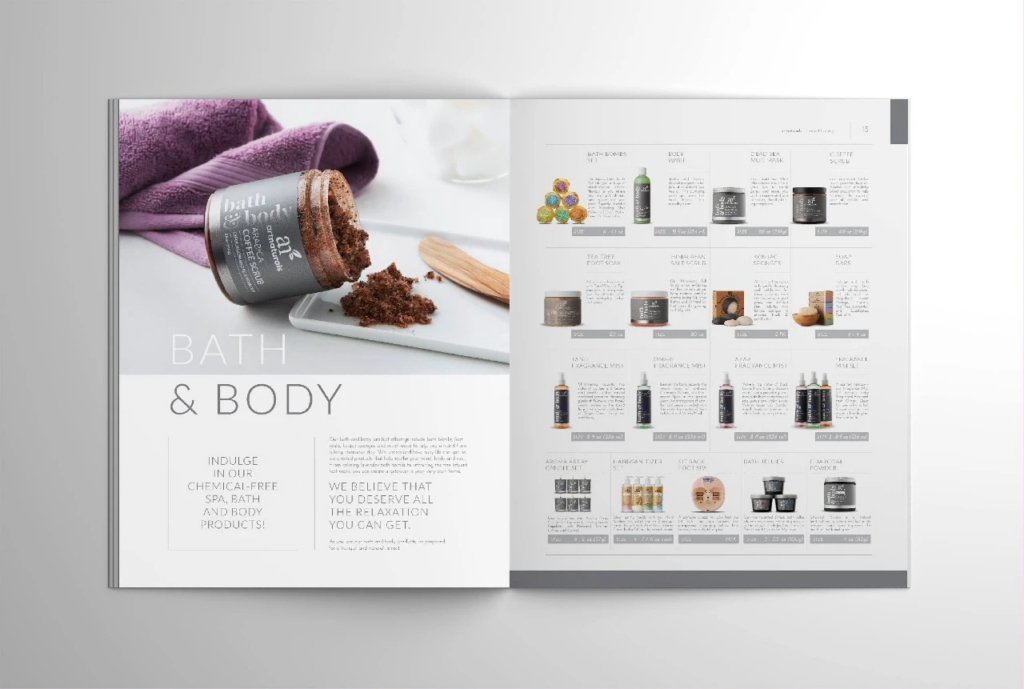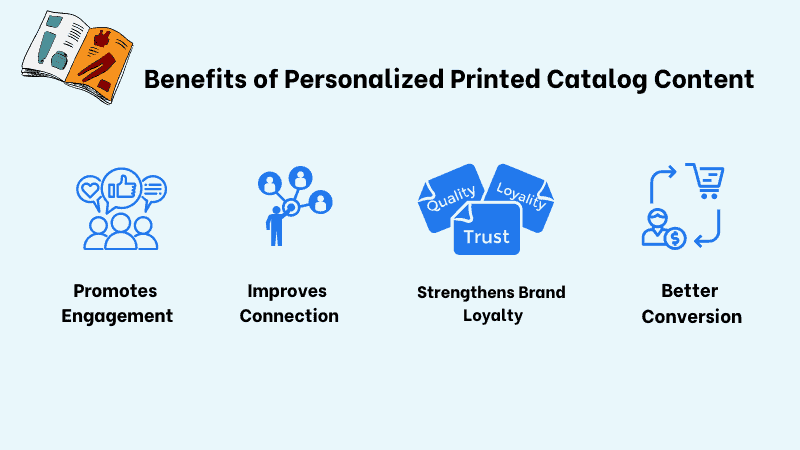Last Updated on September 8, 2023 by Packoi Team
Imagine if your print catalog was unique enough to connect with your customers on a personal level. It shows the products that they use daily. It provides content that resonates with them.
How will this affect their buying decisions? It would be easier to get them to patronize your brand and products, that’s for sure.

In this article, you’ll discover what it means to create personalized content for your product catalogs. You’ll also get the steps that’ll help you craft effective marketing material that’ll boost customer engagement and increase product sales.
What Are Personalized Print Catalogs?
Personalizing a printed catalog doesn’t mean you create individual catalogs for everyone. That would be too hard, and the printing costs would be too significant. If we’re talking about digital catalogs, this might be possible. Technology allows us to create personalized online store experiences for customers. The same can be done for the digital version of our catalogs.
But for the printed ones, it’s different. While you can’t create a product catalog for every individual, there’s something you can do to personalize it for a specific segment of your target market.

For instance, you have a clothing brand. You sell casual clothing to women. Although the casual vibe of your products provides you with a limited market, there’s still a way to personalize your catalog. You can do it by creating a catalog for a specific age bracket. Or create a catalog per location or country. You can also create different catalogs based on the professions of the women you’re selling to.
The bottom line is that you have to separate your market to focus on specific characteristics they share.
Why should you go through this effort? Companies that adopt personalization strategies experience a 6% to 10% growth in their businesses.
So if you want to create a successful catalog, think about personalization. Talk to your printing company to discuss options that will allow you to create different versions of your printed marketing material. Check out their minimum order quantity for catalog printing so you’ll know how specifically you can personalize your catalog.
How to Personalize the Content of Product Catalogs
Personalizing your product catalog feels like an intimidating task for anyone. After all, humans are defined by our individuality. But despite different preferences, there’s a way to make print catalogs feel personal to a group of people
If you think that putting the first name of the customer on the business catalog is enough – no it’s not. It takes more than that to establish a personal connection with the customer so they feel compelled to patronize your business and buy products from your brand.
You need to make the catalog content resonate with the readers. There are a couple of ways that you can do this.

Step 1: Analyze Customer Data
Before you can personalize your product catalogs, you need to get a deeper understanding of who your target market is. If you’ve been in business for some time and you already have this data available in your system.
Take a look at the data from previous customers. This would be easier to do with an online store but with physical stores – there are specific questions you need to ask to gather the right data.
Focus on the past purchases and the customer behavior that led to a sale. Was it caused by a campaign that you did? Was there a product that attracted a specific group in your target market? Can you pinpoint a specific event or season that increased your sales significantly?
Observe different touchpoints to see trends and preferences that will increase interactions, responses, and purchases. These are important customer data that’ll help you identify what your customer would want to see on any print marketing materials that’ll come from you.
Step 2: Gather Customer Feedback
If you don’t have sufficient customer data, you can get it from your customers directly. Take a look at customer reviews and testimonials. What do these say about the needs of your customers?
You can also look at the images or feedback that they share online. These would give you clues about what you can put in your product catalog. Or better yet, you can just ask them about it. Use the power of digital marketing and get customers to answer questions for you. Ask them what they want to see in your catalogs. You might be surprised by how easy it is and how much information you can get if you just ask clearly.
Step 3: Customer Segmentation
Once you have gathered the information from your data bank and feedback, it’s time to segment your customers. This will give you clues on what content should be on your print catalog.

The first option is to group them according to their purchasing behavior, demographics, and other distinguishing patterns that influence their buying decisions. Remember, people buy things based on their current priorities. Just because 2 women bought from you, that doesn’t mean they like the same things. One may be a young career woman while the other is a mother. Both of them have different life priorities that would affect how they value your product.
Apart from the behavior, you can also separate your market according to where they are in their relationship with your brand. Create different catalog content for high-value customers, frequent shoppers, new customers, etc. Make sure it’s in a readable format that appeals to their preferences.
Step 4: Tailor Product Recommendations
After segmenting your customers, it’s time to put together the recommendations in your product catalog. Based on all the data that you’ve gathered about the different groups, what products would they value the most right now?
That’s what you should put together. If you’re writing product descriptions, it should appeal to what your target readers need to hear so they’ll be compelled to act when they see your CTAs.
Think about cross-selling or upselling products. Offer items that you know would help customers enjoy previous purchases. Introducing products that work well together encourages multiple purchases.
Step 5: Create Content Based on Preferences
As soon as products are identified, it’s time to put them all together in the product catalog. The catalog layout will play an important role in convincing readers to buy. A well-designed printed catalog has the right elements in play to build the reader’s expectations as they browse the material.
Whatever your target market wants to see, position these products in visible places so they’re highlighted. Make it clear with the printer which products you want to feature before printing catalogs.

You can even hire a graphic designer to help put all the design elements together. All the images, colors, text, and even the font should resonate with the segment of the market that you’re trying to win over.
So if you have segmented your market into 4, you should have 4 versions of your catalog. This uniqueness will give you room to appeal to the specific needs of every segment.
Step 6: Personalize Offers
A product catalog becomes more enticing if you add offers to it. But don’t just put a 10% off on the cover of your catalog layout. Think about what would appeal to the specific readers of your catalog.
For instance, new customers would love to get introductory offers in your product catalogs. The more loyal ones who’ve made repeat purchases would appreciate exclusive deals. These two are both discount schemes but they appeal differently to your customers.
Think of the right marketing strategy that you know the reader can’t ignore. It has to be something that puts a sense of urgency in them.
Step 7: Encourage Social Engagement
Creating a personalized product catalog is sure to create an impact specifically on the customer’s perception of your brand. This is an opportunity for you to create noise on social media. Encourage readers to share product data or images from the print catalog in their social media accounts. Offer incentives like discounts or freebies.
If you create an engaging campaign with a multi-channel approach, your printed catalog will reach the digital marketplace and amplify its success as a marketing material.
Benefits of Personalized Printed Catalog Content
Personalizing your product catalog would entail more planning and research. For others, it may seem like too much work to segment your customers and do in-depth research to create a catalog that’s specific to their tastes.
But all the effort will be worth it. As a marketing material, printed catalogs can be very powerful. They do more than just inform people about your product offers.
You can use them to build a strong reputation for your brand. It can also be instrumental in getting new customers to buy from you. Not only that, it can make a connection with your market – especially with the way you personalized the content to suit their preferences.
Apart from that, there are other rewards when you personalize the contents of your product catalog.

Promotes Engagement
Engagement happens when businesses succeed in capturing the interest of their customers. After all, nobody would participate and waste their time in anything that they’re not interested in.
So if your product catalog contains specific products and offers that appeal to your customer’s preferences – they’ll read your marketing material from cover to cover. They’ll keep looking at the next page because they like what’s presented in the printed catalog.
When they’ve invested their time exploring the catalog’s contents, it’ll be easier to convince them to respond to your call to action.
Improves Connection
As customers open your product catalog and find products and offers that resonate with their current needs, what happens then? They’ll start to feel a connection with your brand. They’ll feel like you’re the brand that understands what they need. You have the solution to their problems and you possess the things that they want to have.
That’s a powerful way to establish a relationship with your target market. This is why printed materials are effective marketing tools. There’s something about the tangible feel of the catalog that makes it more real.
With your targeted approach to the catalog contents, you can maximize the impact on the bottom line of your business.

Strengthens Brand Loyalty
The connection that you’ve established as the customer browses the product catalog becomes the foundation of their brand loyalty. The moment the reader realizes that you understand what they need and you can provide it – they’ll connect with you.
That’s the beginning of their journey to know more about you. As they buy from you and become impressed by your offers – they’ll start to trust you. The more satisfied they are with every interaction, the stronger and deeper their loyalty will go. Soon, they’ll start to become ambassadors for your brand.
That’s how brand loyalty happens and that’s how you strengthen it through printed catalogs.
Better Conversion
Building loyalty through a product catalog doesn’t stop there. Remember, the printed material is physically present and can be used to promote your product 24/7. Even if your loyal customers leave it on the table, when someone picks it up, they’ll be compelled to look at what’s inside. They’ll read the product descriptions and start the journey of becoming your customer.
This is how a personalized catalog can help increase sales. It’s not just about the person you’re sending the catalog to. It’s also about the people around them who could be your next customer.
Do You Need Creating Personalized Printed Catalogs? Packoi Printing Is Ready to Assist.
As you can see, personalizing your product catalog comes with a lot of benefits. It can help you establish a better connection with your target market so they can avail of your offer regularly.
However, a catalog is only as effective as the final output that you’ll distribute to your market. This means the content and the design should be given justice by the printing company that you’ll partner with.
Choosing the printer is just as important as what you plan to put in your catalog.
If you need help with your bulk catalog printing, Packoi Printing is here to assist. We have high-quality paper stock that comes from responsibly managed forests – making your catalog eco-friendly. We also have an in-house graphic designer to help with the layout of your catalog.
Let’s talk about your plans for your personalized catalogs. Give us a call and we’ll get back to you with a fair quotation in no time.




